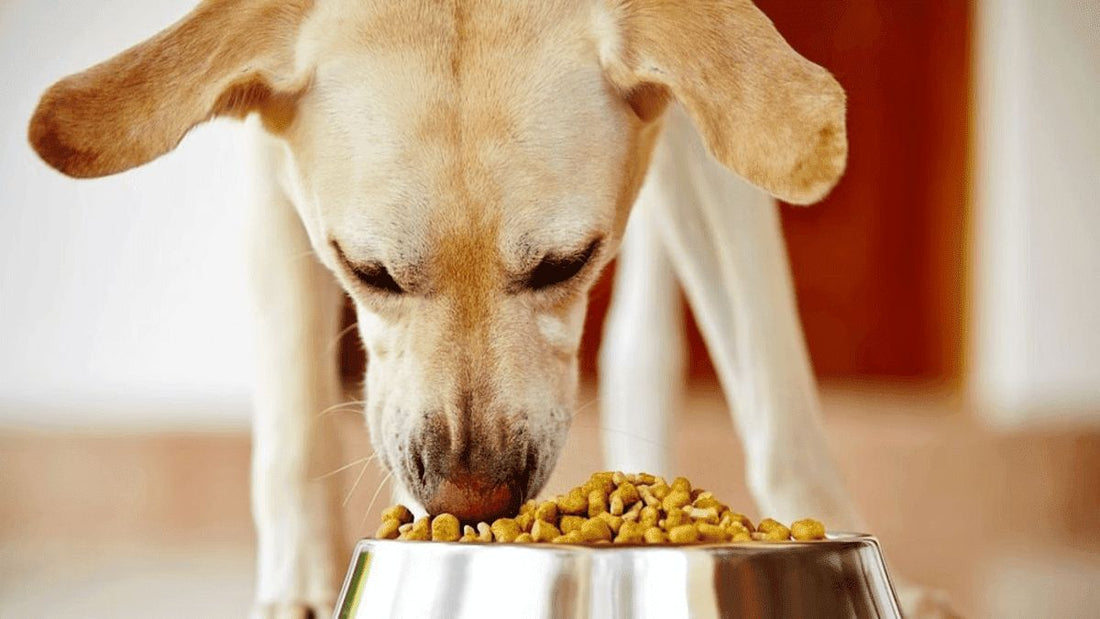
France Pet Food Ingredients Market: Driven by Health-Conscious Consumers and Sustainability Trends
Share

According to new research by Next Move Strategy Consulting, the France Pet Food Ingredients Market size is predicted to reach USD 2.56 billion at a CAGR of 7.3% till 2030.
The France pet food ingredients market is witnessing notable growth, fueled by a rising awareness among consumers about pet health, increasing pet ownership, and a shift towards sustainability. As more French pet owners prioritize the well-being of their pets, they are demanding high-quality, nutritious, and sustainably sourced pet food ingredients. This growing trend is reshaping the market, offering significant opportunities for innovation in both product offerings and ingredient sourcing.
Start with a FREE Sample – Download Now!
Increasing Pet Ownership and the Premiumization of Pet Food
The France pet market is experiencing robust growth, with over 63 million pets in the country, according to the French Pet Food Industry Association (FACCO). This includes approximately 7.5 million dogs and 13 million cats, and the numbers are steadily increasing. As pets become an integral part of French households, pet owners are seeking higher-quality, more nutritious food options to support their pets' health and well-being.
The trend toward premiumization is one of the key drivers of growth in the pet food ingredients market. Consumers in France are no longer satisfied with basic pet food; instead, they are opting for premium options that feature high-quality proteins, functional ingredients, and added health benefits. This shift is not only about offering better-tasting food for pets but also focusing on providing functional ingredients that enhance pets' overall health, such as vitamins, minerals, antioxidants, and probiotics.
Key Trends in the French Pet Food Ingredients Market
1. Health-Focused Pet Owners: French consumers are increasingly concerned about their pets' health and are seeking pet food with ingredients that offer tangible benefits. Functional ingredients such as prebiotics and probiotics, which support digestive health, and omega-3 fatty acids from fish and flaxseed, which promote joint health and coat condition, are becoming highly sought after. Antioxidants like vitamin C, blueberries, and spinach are also gaining popularity due to their immunity-boosting properties. Pet food manufacturers are responding to these demands by developing formulations that address specific health concerns.
2. Sustainability and Eco-Friendly Ingredients: Sustainability is an important factor for French pet food consumers. As awareness of environmental issues grows, many pet owners are prioritizing products made from sustainably sourced ingredients. Plant-based ingredients, such as pea protein and lentils, are increasingly being used to replace animal-based proteins. Additionally, pet food manufacturers are adopting sustainable practices by sourcing ingredients from ethical, environmentally friendly sources and using recyclable or biodegradable packaging to meet consumer demand for eco-conscious products.
3. Alternative Proteins and Novel Ingredients: With growing concerns about the environmental impact of traditional animal-based proteins, alternative proteins are gaining popularity in the French pet food market. Insect protein, sourced from crickets and mealworms, is emerging as a highly sustainable alternative due to its low carbon footprint and high nutritional content. Additionally, other novel ingredients such as algae, seaweed, and lab-grown meats are being explored for their sustainability and nutritional benefits, offering a more environmentally friendly option to traditional protein sources.
4. Customization and Personalization of Pet Food: The demand for personalized pet food solutions is growing in France. Pet owners are increasingly interested in providing food tailored to their pets’ specific needs, whether related to age, breed, size, or health condition. Manufacturers are responding by offering more customized formulations, often using technology to create personalized meal plans based on a pet’s unique dietary requirements. This trend reflects the broader demand for individualization in food and health products, which is becoming a key feature of the pet food industry.
5. Transparency and Clean Labeling: Consumers in France are becoming more discerning about the ingredients in pet food and are increasingly demanding transparency from manufacturers. Clean labeling, which involves clear and simple ingredient lists without artificial additives, preservatives, or fillers, is gaining traction. Pet owners want to know exactly what they are feeding their pets and are gravitating toward brands that offer full transparency regarding ingredient sourcing, production processes, and overall product quality.
Regulatory Framework and Industry Standards
The France pet food ingredients market is governed by the European Union (EU) regulations, which set stringent standards for food safety, nutritional content, and labeling. The European Food Safety Authority (EFSA) oversees the safety of pet food ingredients, ensuring that all products meet high-quality standards. Additionally, French regulatory bodies such as the French Agency for Food, Environmental, and Occupational Health & Safety (ANSES) play a key role in monitoring the safety and quality of pet food products within the country.
Click Here for Your FREE Sample!
The Pet Food Manufacturers' Association (FACCO) in France also works closely with regulatory authorities to ensure compliance with industry best practices, as well as to promote sustainability, innovation, and consumer confidence.
Challenges and Opportunities in the Market
Despite the positive growth trajectory, the France pet food ingredients market faces several challenges, including rising production costs, particularly for high-quality and sustainable ingredients. Manufacturers must balance the demand for premium products with the need to maintain cost efficiency. The complexity of sourcing sustainable ingredients in large quantities may also pose challenges for smaller manufacturers.
However, these challenges present significant opportunities for innovation. Companies that can adapt to the rising demand for alternative proteins, functional ingredients, and eco-friendly packaging will be well-positioned to capture market share. Furthermore, the increasing demand for customized and personalized pet food offers a promising avenue for differentiation in an increasingly competitive market.
Conclusion
The France pet food ingredients market is expanding rapidly, driven by trends such as premiumization, health-conscious pet owners, sustainability, and transparency. As French consumers continue to demand high-quality, nutritious, and ethically sourced pet food ingredients, manufacturers will need to innovate and respond to these evolving needs. The future of the French pet food ingredients market looks promising, offering ample opportunities for growth, product development, and market differentiation.